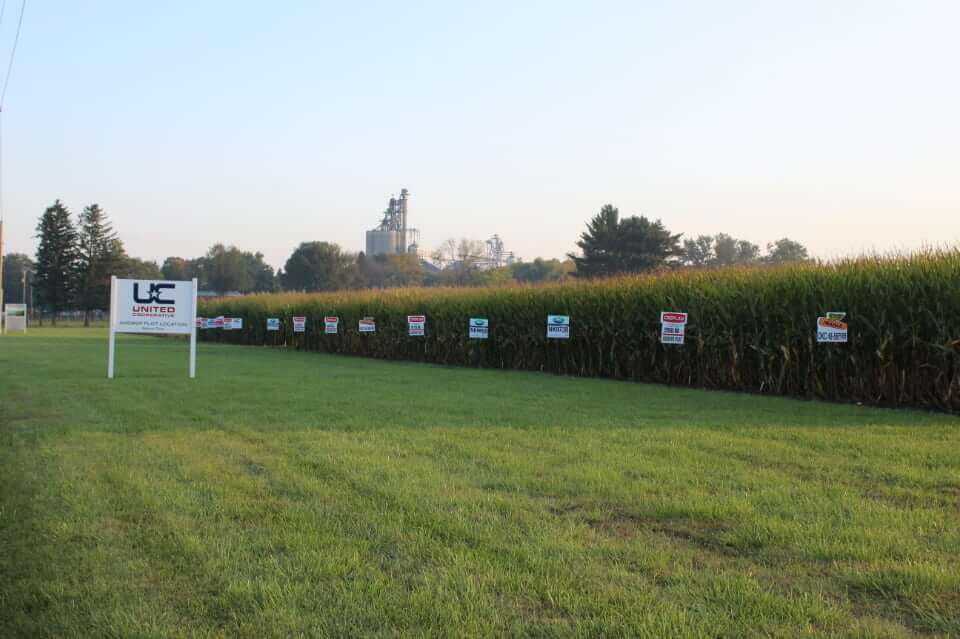Questions To Ask When Choosing A Corn Product
Oct 19, 2023


There’s a lot to consider when choosing your corn hybrids each year. Usually, relationships and personal history play more into the decision than many of us would like to admit. But if you’re looking to break free of your obligatory purchases from your farmer-dealer poker buddy, start by asking these questions.
What Data Do You Have Behind This Hybrid?
We’re not talking about whether it’s your neighborhood plot winner. We’re talking about data from replicated trials in multiple locations. Because the truth is, that not all data is good data. It’s important to understand where the data came from and how sound it is. At the end of the day, any hybrid can be successful somewhere. What’s important is that you know a hybrid will work on your ground under your management system.
CROPLAN, Dekalb, Brevant, and NK Brand corn hybrids and Soybean varieties are vetted not only for the national market but also for the local market through the Answer Plot® system. They have the knowledge and insights behind them to help maximize the ROI potential for every acre. Your local ag input retailer will be able to share that data as you’re deciding between hybrids to help you make a decision grounded in facts and figures, not emotions. At United Cooperative, we can also add local data from our local plots that cover most of southern and eastern Wisconsin. Our data along with the Answer Plots gives information not only about the brands we sell but also on the top competitive brand allowing us to maximize our product performance.
How Does This Hybrid Need to Be Managed?
This isn’t just about disease or pest tolerance ratings. This is about how the hybrid will respond to your management decisions. Does it hold its own in a stressful environment or do you need to place it on a premium acre? Will it respond profitably to a fungicide application? How does it respond to nitrogen? Will you need to increase the fertilizer rates, or can you cut back with this product?
All Croplan, Dekalb, NK, and Brevant corn Hybrids come backed with response-to data. These scores help you determine how to manage each hybrid for the greatest return on input investment. Each hybrid has a rating, either high, medium, or low, in three categories: response-to-fungicide (RTF), response-to-population (RTP), and response-to-nitrogen (RTN).
Let’s look at RTP scores specifically. At $300 per bag, it costs $3.75 for every 1000 kernels you plant, or at 32,000 your cost is $112.50/acre. If the hybrid you are using does best at 31,000 and you are planting 35,000 you spent $15/ acre that is wasted. However, if the opposite is true and you give up 10 bushels by not pushing it you have lost at today’s grain price about $30 an acre. ($4.50 a bushel x 10 - $15 seed cost = $30)
What Support Do You Offer Throughout the Season?
One advantage of buying seed through United Cooperative is that you know we will do our best to get you the best ROI by not only placing the seed at the right populations with the right fertility and management, but we will also do our best to make your whole farm as profitable as possible. From fertilizer to crop protection, we are already working with you and have the knowledge of your field to place seed products correctly. So, there is nobody who understands how to maximize seed yield and ROI potential quite like your Agronomist at United Cooperative. We are in the best position to evaluate seed in context to all the other decisions you need to make on each acre.
If you’re looking to prioritize performance and ROI on your farm this season, look to United Cooperative!